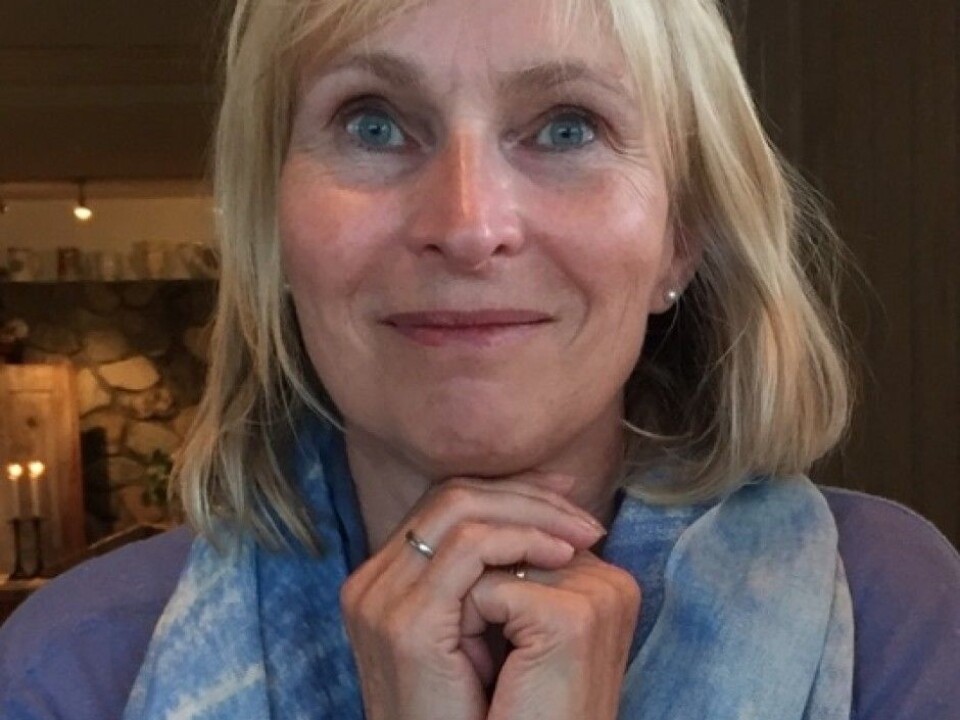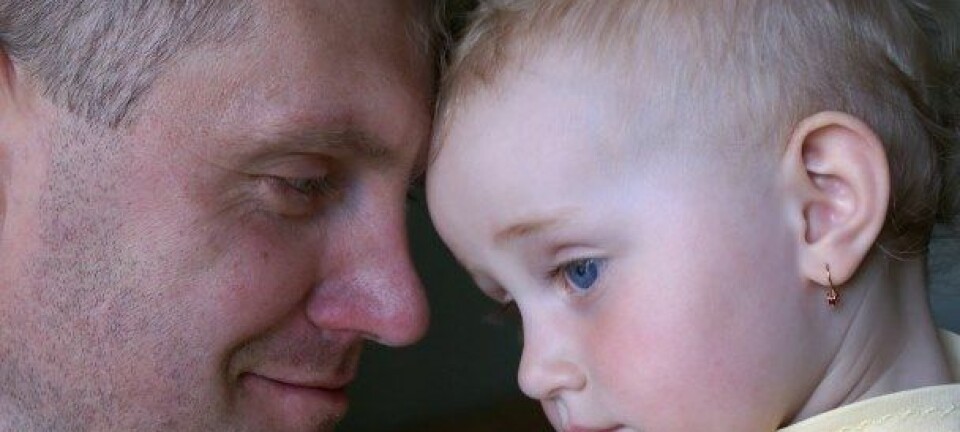
Helping the whole family cope with an eating disorder
If a family member has an eating disorder the disease can impact the entire household. Nordland Hospital in Bodø, Norway, offers therapy for everyone in the families of young adults who suffer the disorder.
Berit Støre Brinchmann is a Professor of Nursing at the University of Nordland and works at the Nordland Hospital in Bodø. She has spent a year closely following up a group of young women with eating disorders and their families.
This gave her rare insights into a new world.
“I expected to find thin, emaciated young women, but everyone in this group had normal weights. To me they looked like attractive, healthy and vigorous girls. Actually, they were very, very sick – both mentally and physically.”
Most of the young women in the group studied by Brinchmann were diagnosed with bulimia nervosa, but anorexia nervosa was also treated in the so-called multi-family therapy programme at Nordland Hospital.

Bulimia patients tend to binge eat and rid then rid themselves of the food by vomiting or taking laxatives. Overeating can be as dangerous as undernourishment because it affects many body organs. Serious disorders can trigger cardiac arrests.
Eating disorder is surprisingly the deadliest mental disease around.
Help for those over 18
A project at Nordland Hospital evolved a model to help families who have young adults diagnosed with the disorder. For a year, from six to eight families get together to learn how they can give better support for the patients. The families have six extensive sessions with therapists.
Each session lasts two days.

Psychotherapist Mildrid Elisabeth Valvik helped develop the scheme.
“Many of the family members felt they found insufficient competence for dealing with eating disorders at the local district psychiatric centres in Nordland County. We decided to try and raise the competence of the people who were closest to the patients on a daily basis.”
Nordland Hospital has provided this special service since 2006.
Valvik says there is a large demand for such treatment right now.
She thinks the recent media publicity triggered by the case of a 13-year-old Norwegian girl, who died of malnutrition at the end of last year, and the initial criminal charges against her mother, have made families and patients more aware and anxious about the severity of the disorder.
“Families have a huge need for more information and advice about how to deal with their sick family member.”
Harms the whole family
When children have an eating disorder his or her parents have to try and help them eat properly. If they can’t do it on their own they need to get help from health services. At the age of 18, Norwegians are legally adults and the parents no longer have legal responsibility for them. The young person is then responsible for grappling with their disorder.
The family, which for years has been involved in coaxing the child to eat, is still left with all the worries. How can the sick young adult manage to take care of herself or himself?
The disease tends to make such young adults stay longer at home rather than move out. So even though the patient is an adult on paper, they are still in nearly every way the family’s problem. But the family often, rightly, feels excluded from contact with the public health system because the young patient is legally an independent, autonomous adult.
Teaching parents to let go
One of the tasks that the family groups work with is getting the parents to back off a little. At some point they need to let go and leave their adult child to deal with life on their own.
Certainly, this isn’t easy. How can a mother or father just stand by or back off when they have ample reason to fear that their son or daughter is dying? Families need help in this.
A mother told Brinchmann that she hadn’t slept properly for years on end. She habitually got up several times a night to check how her daughter was doing.
“I’ve gained a lot of respect for the problems these people face,” says the professor.
Alone with the problems
Such families can differ widely. But they have one thing in common – a feeling of being ultimately alone with their problem. In group therapy they encounter others in the same situation.
Certain activities are conducted with everyone participating. The participants are given instructions in how to understand the eating disorder and how to communicate and solve some of the challenges cropping up in the family. Various assignments and roll-playing are used. Individual group sessions are also arranged for the mothers of these patients, their fathers and of course the patients themselves. Sometimes siblings and grandparents are included.
“An eating disorder impacts the whole family. A family member with big anxieties about food and who can’t eat is hardly bringing joy into the home. Often their brothers or sisters can’t handle being at home because of the scope of family conflicts,” explains the researcher.
An eating disorder also affects the brain physiologically, as it doesn’t get enough nourishment. This can make the sick person rather immature and stubborn. The researcher says that although the young women in the study were at least 18 they acted much younger.
Extreme exercising
Eating disorders are often accompanied by abnormal approaches to exercising.
Many grow compulsive about what they deem is keeping their bodies fit. For instance if someone else talks about having jogged or exercised in some way, they can be jealous of or resent these individuals because they have burned off more calories than themselves, according to Brinchmann.
“The young women said they wished that people knew more about eating disorders so their condition would have been discovered earlier. They think that teachers and personal trainers lack knowledge about it.”
She says that coaches who work with sports or fitness trainers at gyms should be aware of the key signs of eating disorders. This can lead to a diagnosis and treatment before the disease has done too much damage.
Others in the same situation
The families tell the researcher that they find it helpful to meet other families in the same situation and see how they have approached or solved various problems.
“Many had felt completely isolated; thinking no one else had experienced anything like them. When they encounter other families they see how they cannot be blamed for their daughter’s eating disorder. This can help them work on their own burden of guilt. The sense of culpability is very strong.”
Some of these families break up – get divorces – because of the burden of having this insidious disease in the home for so many years. Some parents and siblings also develop illnesses.
The sick girls also find the groups helpful, especially for their parents. The parents grew less fearful and worried and this reduces the level of conflicts within the family.
The therapy can thus indirectly also help the sick to regain some health.
How effective is the therapy?
Brinchmann has conducted interviews with the families, the young women and the therapists. She describes what happens in the families and the effects of the therapy on them.
The effect of the treatment will be assessed in another section of the research project. This will be evaluated with regard to the young women’s disorder, the family problems and the mental problems of individuals within the family.
Valvik deems this research important.
“Experience shows that patients and their families improve after participating in the group therapy. We see decreases in the levels of anxiety among the parents and the patients grow more motivated for treatment. In any case, these research projects are helpful in assessing the impact of the therapy,” says Valvik.
Educating new therapists
The hospital in North Norway has now started an education in multi-family therapy for therapists throughout the country.
The therapy method has been tried out a lot among families with children under 18 who have the disorder. But nobody has provided such a service for young adult patients and their families. The model is now being tried out in two other towns, Levanger and Tønsberg.
“It is uncommon to involve the parents in adult psychiatry but it is often necessary. It seems to be very meaningful to help the whole family. They are all affected. If you can change a negative interplay the family has lots of resources which can help the boy or girl out of their disease,” says Valvik.
-------------------------------------
Read the Norwegian version of this article at forskning.no
Translated by: Glenn Ostling


































